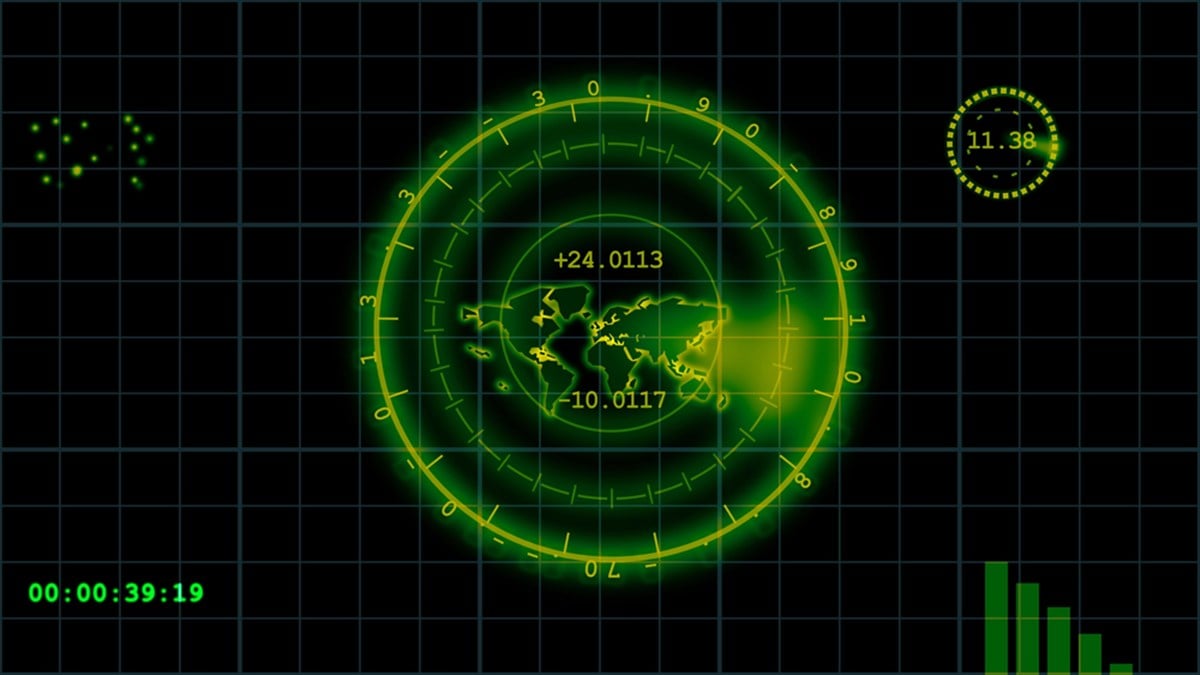
Within the space and defense industry, the world’s largest players often dominate the discussion. This includes companies like Lockheed Martin (NYSE: LMT) and RTX (NYSE: RTX). These firms manufacture F-35 fighter jets and the Patriot missile defense system, respectively. Products like these have allowed them to attain huge market capitalizations. However, the space and defense industry is far from bereft of up-and-coming players that are making a name for themselves. Working with giants like Lockheed indicates these firms could be set up to make waves going forward. Below are the details on two such names. All data cited is as of the June 30 close, unless otherwise indicated.
Kratos: Unmanned Jets & Hypersonics Are Giant Opportunities for This Profitable Player
First up is Kratos Defense & Security Solutions (NASDAQ: KTOS). Many of the technologies that Kratos is developing are next-generation. This includes autonomous jet fighters and hypersonic missile systems. At the beginning of 2025, Kratos received an award for a hypersonic missile test bed worth up to $1.45 billion. The company aims to develop a system that can test hypersonic missiles in a more affordable way.
The company’s focus on being both “first to market” and affordable is compelling. The company provided several examples in its Annual Shareholders Meeting Brief on technologies where it is first to market, including jet drones and hypersonic flyers. Being first to market shows the company’s technological prowess, and a focus on affordability increases the likelihood that its systems will be commercially viable.
Kratos also works with the big boys in defense, showing that it can offer something these companies can’t or don’t want to do themselves. It calls Lockheed and RTX (Raytheon) some of its “outstanding partners." Specifically, the company works with GE Aerospace (NYSE: GE) to develop low-cost turbofan jet engines.
Last quarter, Kratos ended with an opportunity pipeline worth $12.6 billion, an all-time high for the firm. That is nearly 10 times more than the revenues the company expects to generate in 2025. Converting just a moderate percentage of this pipeline would allow the company to significantly accelerate its revenue growth in the coming years. Last quarter, revenue growth was 9.2%.
Notably, Kratos is profitable, generating non-adjusted net income per share of $0.03 last quarter. The company’s very high forward price-to-earnings ratio of 86x may seem frightening. However, revenue streams like unmanned jets still remain largely untapped, as the company is not producing them at scale. Future production scale-ups would not only boost revenues but also margins. The company says that in the second half of 2025, it could receive its most important tactical drone award ever.
Voyager: Starlab Could Send Shares to the Moon, But Risk Is Palpable
Next up is Voyager Technologies (NYSE: VOYG). This company went public on June 11, 2025. The stock more than doubled that same day after opening at a price of $31. However, shares have fallen significantly since, down to $39 as of the June 30 close. Like many companies in this industry, Voyager focuses largely on both space and defense solutions.
Per its S-1 registration filing, the company generates 50% of its revenue from space solutions and 50% from defense. Notably, NASA contributed 26% of the company’s revenue while Lockheed provided 17% in 2024. In August 2024, Lockheed selected Voyager to build an advanced solid-propulsion subsystem for the United States’ Next Generation Interceptor (NGI). The NGI is a missile defense system.
However, the particularly interesting aspect of Voyager’s business is in space. Voyager is leading the creation of Starlab, the NASA-backed space station that could replace the International Space Station (ISS). But, there are several other projects also competing to replace the ISS. Voyager initially received a reward for the project worth $217 million. Winning the next funding phase is crucial to the firm’s success. It would provide much more funding and give the company a solid chance to receive billions in revenue once Starlab is operational. However, not gaining this funding could be catastrophic for the firm’s ambitions. NASA expects to announce the next awards in mid-2026.
Overall, both Kratos and Voyager are smaller defense companies that receive less attention but have significant long-term potential. Kratos, being further along and having a robust backlog, represents the safer option. Voyager's long-term opportunity, especially as it relates to space, is more speculative, but significant nonetheless.
Where Should You Invest $1,000 Right Now?
Before you make your next trade, you'll want to hear this.
MarketBeat keeps track of Wall Street's top-rated and best performing research analysts and the stocks they recommend to their clients on a daily basis.
Our team has identified the five stocks that top analysts are quietly whispering to their clients to buy now before the broader market catches on... and none of the big name stocks were on the list.
They believe these five stocks are the five best companies for investors to buy now...
The article "2 Under the Radar Space & Defense Stocks With Huge Potential" first appeared on MarketBeat.







